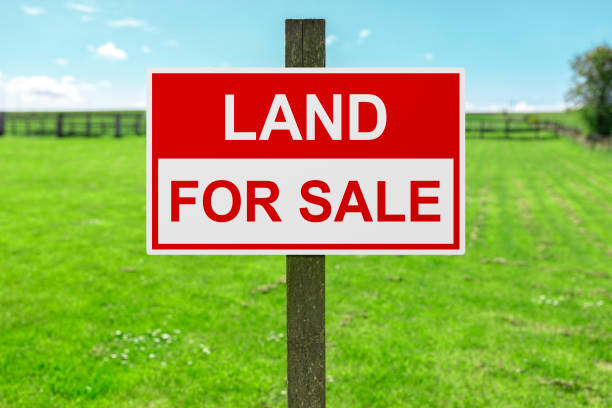

Land ownership holds profound significance as a cornerstone of individual prosperity and community well-being. Beyond mere ownership, land represents a source of empowerment, stability, and opportunity for generations to come.
In this article, we delve into the transformative role of land ownership in empowering individuals and communities, driving economic growth, and fostering sustainable development.
Economic Empowerment:

Land ownership catalyzes economic empowerment by providing individuals with tangible assets and wealth-building opportunities. Ownership rights enable individuals to leverage their land holdings for entrepreneurship, investment, and securing credit, thereby unlocking pathways to financial independence and upward mobility.
Stability and Security:
Land ownership offers stability and security, providing individuals and families with a sense of permanence and belonging. Owning land provides a stable foundation for housing, agriculture, and livelihoods, shielding individuals from displacement, insecurity, and homelessness.
Community Development:
Land ownership plays a pivotal role in community development, serving as a catalyst for infrastructure investment, public services, and social cohesion. Communities with high rates of land ownership experience greater levels of civic engagement, pride, and investment in local amenities, fostering vibrant and resilient neighborhoods.
Intergenerational Wealth Transfer:
Land ownership facilitates the transfer of wealth and assets across generations, enabling families to build legacies and secure the prosperity of future descendants. By passing down land holdings from one generation to the next, families preserve cultural heritage, traditions, and ancestral ties to the land.
Environmental Stewardship:

Land ownership fosters environmental stewardship and conservation efforts, as owners have a vested interest in preserving the natural beauty and ecological integrity of their land. Through sustainable land management practices, owners contribute to biodiversity conservation, soil health, and ecosystem resilience for future generations.
Land ownership stands as a powerful force for empowerment, resilience, and prosperity, both at the individual and community levels. As stewards of the land, we have a collective responsibility to ensure that ownership rights are upheld and leveraged to empower individuals and communities for generations to come.













 As we look to the future of real estate, land development trends will continue to shape the way we live, work, and invest. Whether you’re a developer, investor, or community advocate, staying informed about these trends is key to navigating the ever-changing landscape of land development and real estate.
As we look to the future of real estate, land development trends will continue to shape the way we live, work, and invest. Whether you’re a developer, investor, or community advocate, staying informed about these trends is key to navigating the ever-changing landscape of land development and real estate.